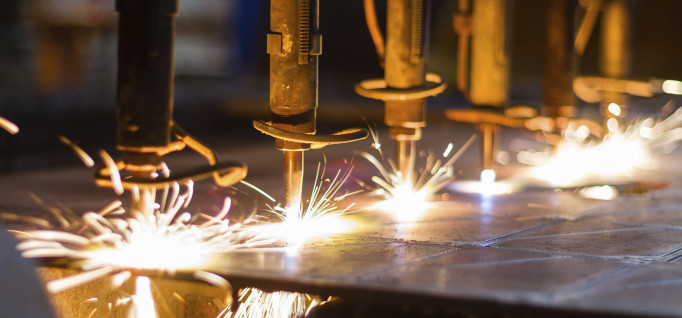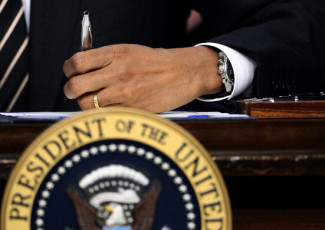How Colleges Can Drive Economic Development
By Ellen Ullman
April 28, 2016
Gail Carberry, president of Quinsigamond Community College in Massachusetts, discusses ways to meet employer needs.
In April, Quinsigamond Community College (QCC) President Gail Carberry was awarded the Bowditch Economic Development Award by the Worcester Business Development Corporation for her significant contributions to the economic vitality of Worcester.
We spoke with President Carberry about what the college has done during her 10-year tenure to meet employer needs.
You became QCC president in 2006. What was the local economic climate like at that time?
The town of Southbridge, which is 45 minutes west of Worcester, had lost its one major manufacturer, American Optical, in the ’90s. The company had employed 5,000 people at its peak, and the town was suffering. At the same time, a residual base of lens-related industries had morphed into small fiber-optics firms that were beginning to thrive, and the Defense Department had opened a training center in the former American Optical complex. So there was room for growth.
What did you do next?
We did a market analysis by placing a coffee cup upside down on a map, with Southbridge at the center, to determine how many school districts and communities we could reach [if we opened a campus in Southbridge]. If we filled 500 seats, we would break even in three to five years. Worcester had no local transit at the time, so our evening classes [on the Worcester campus] were not filled.
The Southbridge community welcomed us. When we opened in the Defense Department complex in 2009, we filled 1,500 seats.
It’s been seven years. Is the campus still thriving?
Absolutely! We leased 8,000 square feet in the complex, and the building also houses a one-stop workforce-development career center. Enrollment is stable, we have revenue of $300,000 and the facility offers five full programs. We recently put in a portable biology lab and added a health-career lab for certified nursing assistants.
What other initiatives have you undertaken?
We discovered that a number of students wanted to come to our Worcester campus but were unable to get to us. Now, there are buses running from Southbridge to Worcester.
We’ve partnered with a dozen companies that have a strong need for photonics, mechatronics and advanced manufacturing employees, and we are working to open ITAC [Innovative Technologies Acceleration Center] in Southbridge in 2017. We received a $1 million grant from the state to purchase equipment for ITAC and are working with MIT and other colleges on photonics-related curriculum and research models. QCC has accepted the lead among community colleges to bring at least 34 campuses across the country into a common photonics curriculum.
How has the Worcester campus changed?
Worcester has a long manufacturing history. Although there are fewer people in the industry today, it still comprises about 14 percent of the region’s economy. Over the last decade, we’ve stepped up our manufacturing and STEM offerings. Thanks to a state bond, we built the QuEST Center in 2015, which houses a fab lab with rapid prototyping, CAD modeling and formation. We’ve grown our engineering program from 100 students to more than 300 students, and we have 400 students enrolled in STEM-related subjects.
We have about 600 health majors, and our lab space was woefully inadequate. We partnered with the Worcester Business Development Corporation (WBDC) to take on “orphan projects” and, with Worcester Polytechnic Institute, have turned a group of factories downtown into Gateway Park, a biotech research and manufacturing center. We transformed an old movie theater in downtown Worcester into a performing arts theater. The WBDC purchased the former Telegram & Gazette building, and in 2014 we leased 73,000 square feet and dedicated 53,000 of that for 17 health-care programs.
Our goal is to position downtown to be part of the renaissance. We recently added 75 more seats for nursing and are expanding our health-care offerings. We’re also forming new partnerships to continue to revitalize the downtown area.
It’s easy to see why you received the Bowditch Award. Any advice for other college leaders?
You can’t do it without partnerships — with nonprofits and for-profits. The state will only go so far. It doesn’t have the resources to commit, but you can’t let that stop you.
People talk about going outside the box. We don’t believe that box walls are made of iron; they’re made out of latex. We bring people into the box with us and lean on the walls to make it happen.






